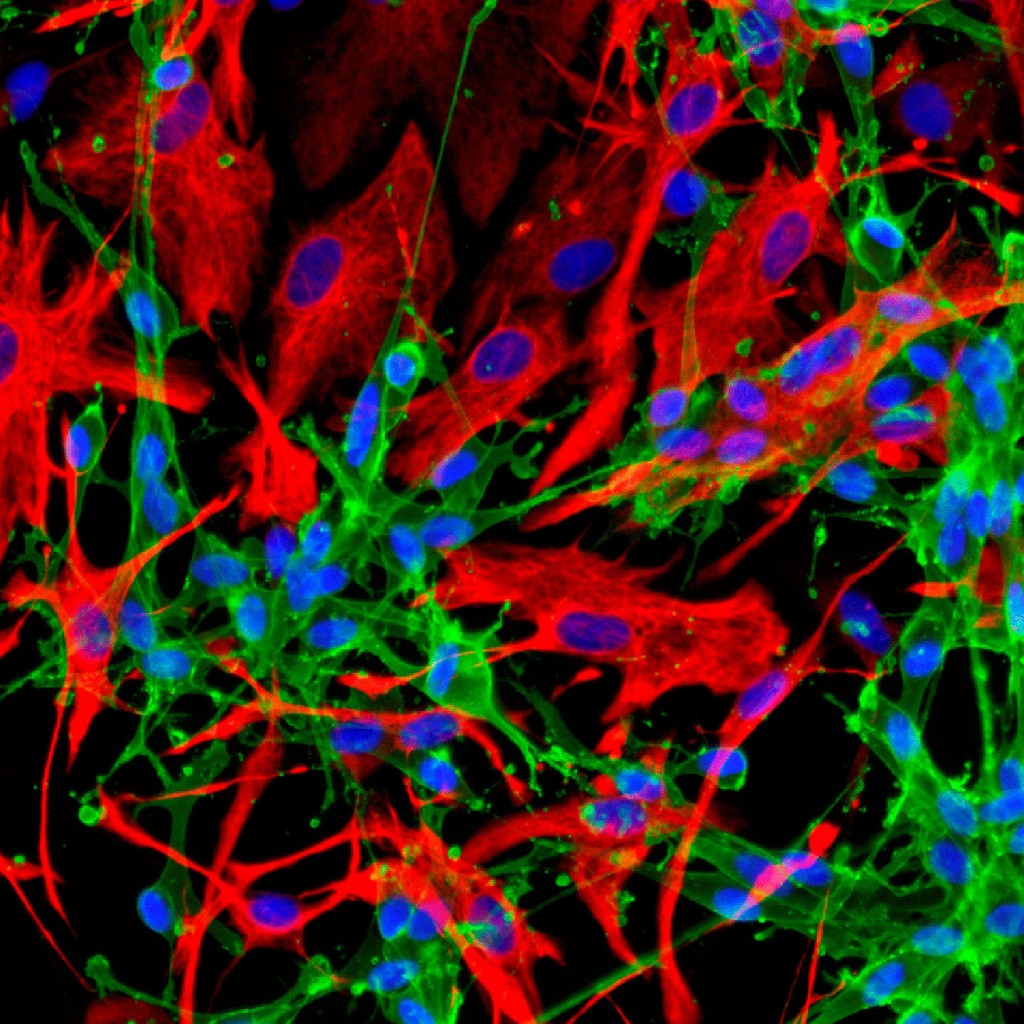Professor Jerry Turnbull
Scientists at the University of Liverpool have been developing posters, demonstrations, a film and video game to show how complex sugars work in the body, for the prestigious Royal Society Summer Science Exhibition.
Professor Jerry Turnbull from the University’s Institute of Integrative Biology, discusses some of the complex sugar images that will be shown at the Royal Society exhibition:
 “Cells are coated with a sugar-rich layer called the glycocalyx. Understanding its interaction with other molecules will provide a wide range of opportunities for the development of new foods, medicines and healthcare treatments. In Liverpool, scientists are studying a sugar class called heparan sulphates. These are complex, long-chain sugara attached strategically to the surface of cells. Its molecular code controls the activity of many proteins such as growth factors and enzymes. We are generating new insights into these control mechanisms, which have the exciting potential for development of therapies for muscular dystrophy, Alzheimer’s disease and spinal cord injury”
“Cells are coated with a sugar-rich layer called the glycocalyx. Understanding its interaction with other molecules will provide a wide range of opportunities for the development of new foods, medicines and healthcare treatments. In Liverpool, scientists are studying a sugar class called heparan sulphates. These are complex, long-chain sugara attached strategically to the surface of cells. Its molecular code controls the activity of many proteins such as growth factors and enzymes. We are generating new insights into these control mechanisms, which have the exciting potential for development of therapies for muscular dystrophy, Alzheimer’s disease and spinal cord injury”
 “Heparan sulphates are long chain sugars with specific protein binding sites that control protein functions and regulate biological processes relevant to many disease processes. In this image a model of this sugar is shown against a background of one of their tissue locations in the complex layers of neurons in the brain”
“Heparan sulphates are long chain sugars with specific protein binding sites that control protein functions and regulate biological processes relevant to many disease processes. In this image a model of this sugar is shown against a background of one of their tissue locations in the complex layers of neurons in the brain”
 “This image shows a model of the structure of part of a heparan sulphate sugar molecule”
“This image shows a model of the structure of part of a heparan sulphate sugar molecule”
 “Muscle stem cells are tiny cells normally found in a dormant state attached to muscle fibres, but in response to injury they become activated and repair damaged muscle fibres. In this fluorescent picture, red staining identifies a protein on muscle stem cells that carries heparan sulphate side chains, and green staining shows cells which are activated.”
“Muscle stem cells are tiny cells normally found in a dormant state attached to muscle fibres, but in response to injury they become activated and repair damaged muscle fibres. In this fluorescent picture, red staining identifies a protein on muscle stem cells that carries heparan sulphate side chains, and green staining shows cells which are activated.”
The Royal Society Summer Science Exhibition is held at Carlton House, London, from Tuesday, 2 July to Sunday, 7 July 2013.

